Thang Long Imperial Citadel is a complex of relics associated with the history of the formation of Thang Long - Dong Do - Hanoi citadel. This is a massive architectural work, built by dynasties in many historical periods and has become the most important relic in the system of relics in Vietnam.
Thang Long Imperial Citadel from the capital establishment (11th century) to the capital relocation (18th century)
During the Tang Dynasty, the main headquarters of the Annam Protectorate was Tong Binh. This land was the political and administrative center. In 866, Tong Binh was renamed Dai La.
In 1010, King Ly Cong Uan moved the capital from Hoa Lu (Ninh Binh) to Dai La citadel. Arriving at Dai La, the king saw the image of a golden dragon flying into the sky, so he decided to name this land Thang Long. Thang Long officially became the capital of an independent, unified state. The Thang Long citadel was built by the king according to the model of a triple citadel. The innermost citadel surrounded the king's residence, called the Forbidden City. The middle citadel surrounded the place where the king and the royal court worked, encompassing the Forbidden City, and was the Imperial Citadel, also known as the Long Citadel. The outermost citadel surrounded the entire Thang Long citadel, which was the urban area for the people, called Dai La citadel. Since the Ly dynasty (11th-12th century), Thang Long has not only become the political-administrative- military center but also a major economic-cultural center of the whole country, with a highly scientific chessboard-style street planning.
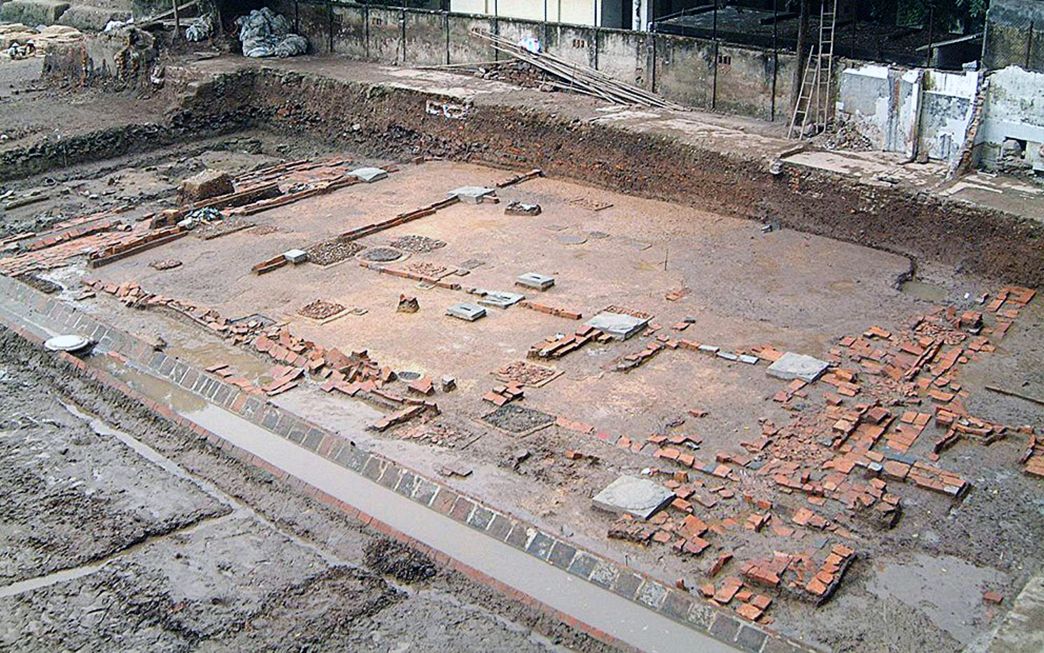
Overall image of the Ly Dynasty palace system through archaeological traces.
During the Tran Dynasty (13th-14th century): When power fell into the hands of the Tran Dynasty, the Tran King ordered the restoration and renovation of the Imperial Citadel of Thang Long. The two rings of the Forbidden City and the Imperial Citadel were both renovated by the Tran Dynasty on the basis of the old citadel of the Ly Dynasty. In 1243, Tran Thai Tong ordered the rebuilding of the innermost citadel and called this citadel Phuong Thanh, or Long Phuong Thanh, which was the Long Thanh of the Ly Dynasty. The Tran Dynasty kings also ordered the construction of many new structures. The palaces under the Tran Dynasty were built on a grand scale, with high technical level. Even on the 2nd floors (possibly) wide corridors were built, connecting one architectural structure to another.
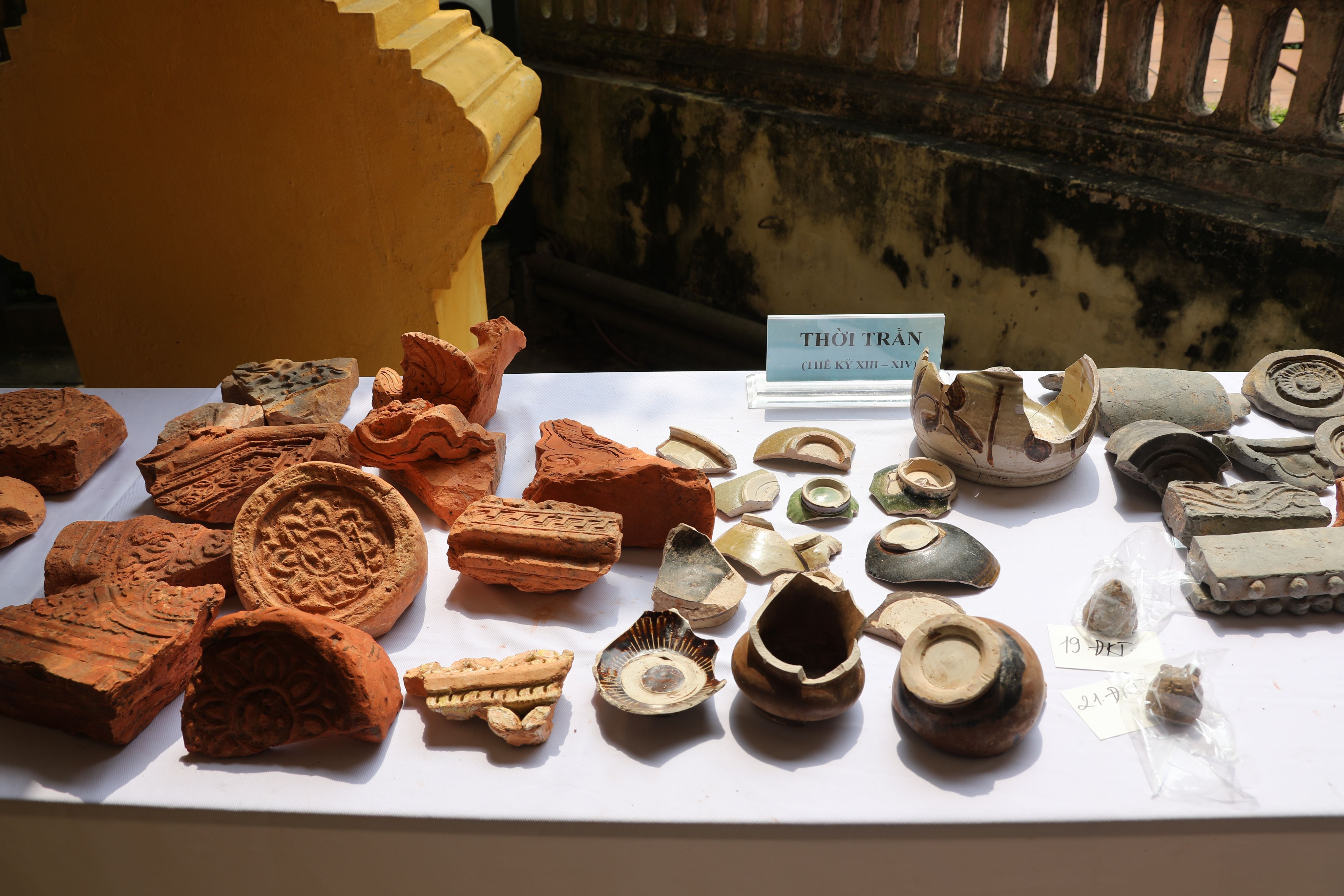
Typical Tran Dynasty artifacts found during the excavation in 2020.
In 1368, King Tran Du Tong ordered the construction of a long corridor connecting Nguyen Huyen pavilion to Dai Trieu gate in the West. With this corridor, civil and military mandarins could avoid the sun and rain when going to the court to meet the king. During the Tran Dynasty, along with the three times the Mongol invaders invaded and burned down, and many fires and floods, Thang Long under the Tran Dynasty was destroyed many times. This was the period when the court had to spend a lot of resources on the maintenance, restoration and construction of the Imperial Citadel.
At the end of the Tran Dynasty, Ho Quy Ly moved the capital from Thang Long to Tay Do (Thanh Hoa), changing the name of Thang Long to Dong Do. In 1400, Ho Quy Ly ascended the throne, established the Ho Dynasty, took the national name Dai Ngu, and established the capital in Thanh Hoa. In 1407, Ho Quy Ly and his son fell into the hands of the Ming invaders, and our country was again occupied by the Northern invaders. Dong Do citadel was changed to Dong Quan by the Ming Dynasty, implying that our country was only a part of their territory.
During the Le Dynasty (15th century): After defeating the Ming army, Le Loi ascended the throne, opening the Le Dynasty. Le Thai To decided to keep the capital in the old Thang Long citadel, but changed the name Dong Quan to Dong Kinh, implying that it was the capital of an independent state, not a government office as the Ming Dynasty wanted. The Imperial Citadel during the Le Dynasty was twice as large as the Imperial Citadel during the Ly and Tran dynasties.
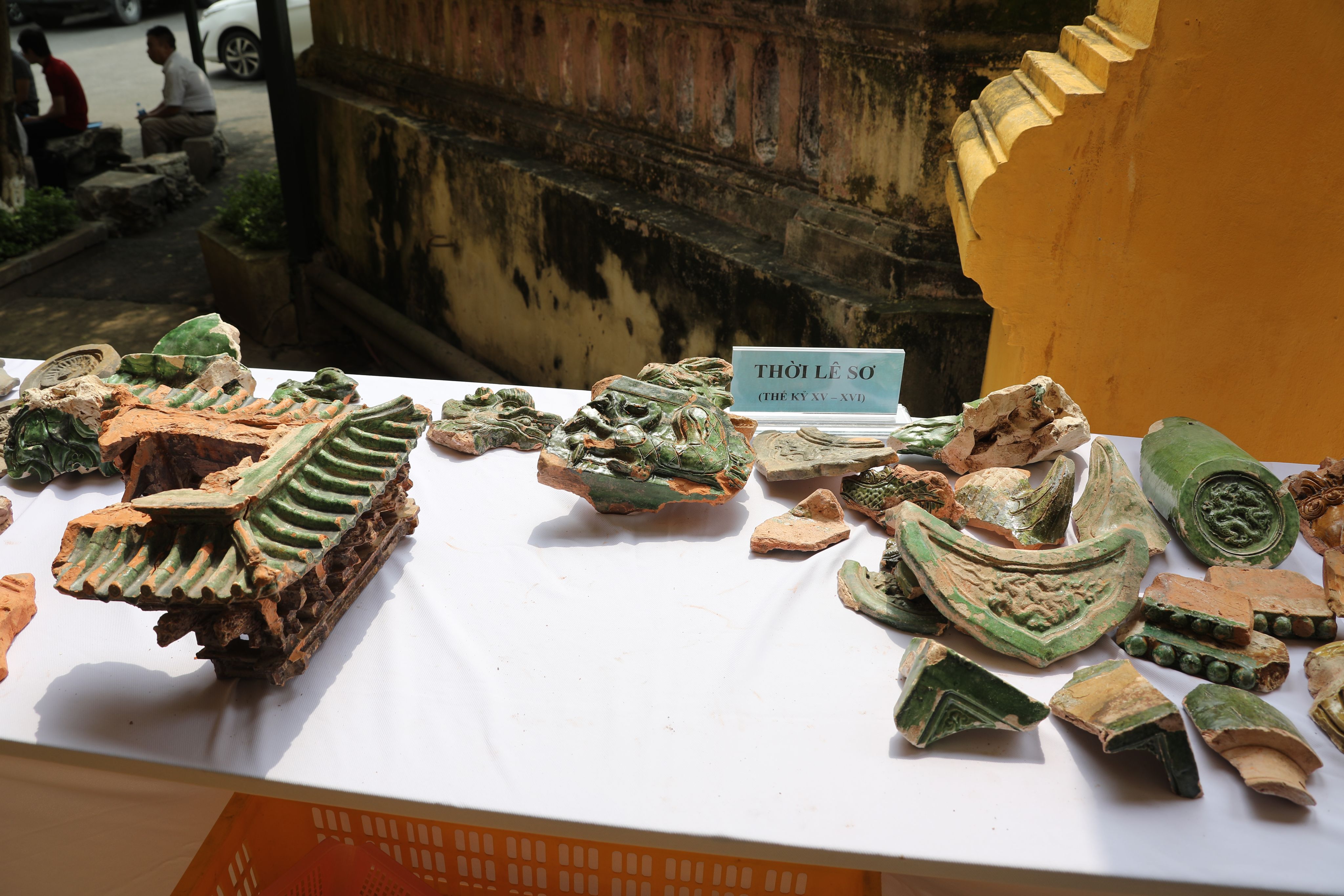
Typical artifacts from the Early Le Dynasty found during the excavation in 2020
In 1428, Le Thai To rebuilt a series of palaces to serve as the court, the king's workplace and residence. Notable among them were Kinh Thien, Can Chinh and Van Tho palaces. Later, Le Thai To built many other large palaces, such as Hoi Anh, Can Duc, Tuong Quang, Giang Vo, Thuy Ngoc, Thua Hoa, Kim Loan, Bao Quang, Thua Thien...
Le Hien Tong, the 5th king of the Le So dynasty, reigned from 1497 to 1504 and built many more magnificent palaces: Thuong Duong, Giam Tri, Do Tri, Truong Sinh, or Luu Boi palace with a water supply system from afar. The Imperial Citadel was built more and more majestically at the end of the Le dynasty. Le Tuong Duc, the 8th king of the Le So dynasty, asked Vu Nhu To to design and directly direct the construction of a palace with more than a hundred roofs, including the majestic and imposing Cuu Trung Dai. In front of this palace was a large artificial lake, connected to the To Lich river. During this period, the Imperial Citadel fell into a period of constant riots, many palaces were built but many were also burned down.
During the Mac Dynasty (16th century): The Mac Dynasty renovated the citadel and ordered the construction of 3 more earthen ramparts outside Dai La Citadel. This earthen rampart started from Nhat Chieu Ward (Nhat Tan), circled around West Lake, reached Cau Dua and Cau Den areas (Cho Dua and Cau Den areas), and extended all the way to Thanh Tri. The newly built earthen rampart was 25 truong wide and several truong higher than Thang Long Citadel. In addition to the earthen rampart, the Mac Dynasty planted bamboo as shields, and dug 3 more moats with bamboo ramparts following each other to close the banks. Thus, this earthen rampart encompassed the entire West Lake area and was the largest rampart in the history of building ramparts in Thang Long Citadel. However, when occupying Thang Long, Trinh Tung leveled all ramparts and burned down all palaces related to the Mac Dynasty. The year 1592 was the time when Thang Long Citadel was most devastated.
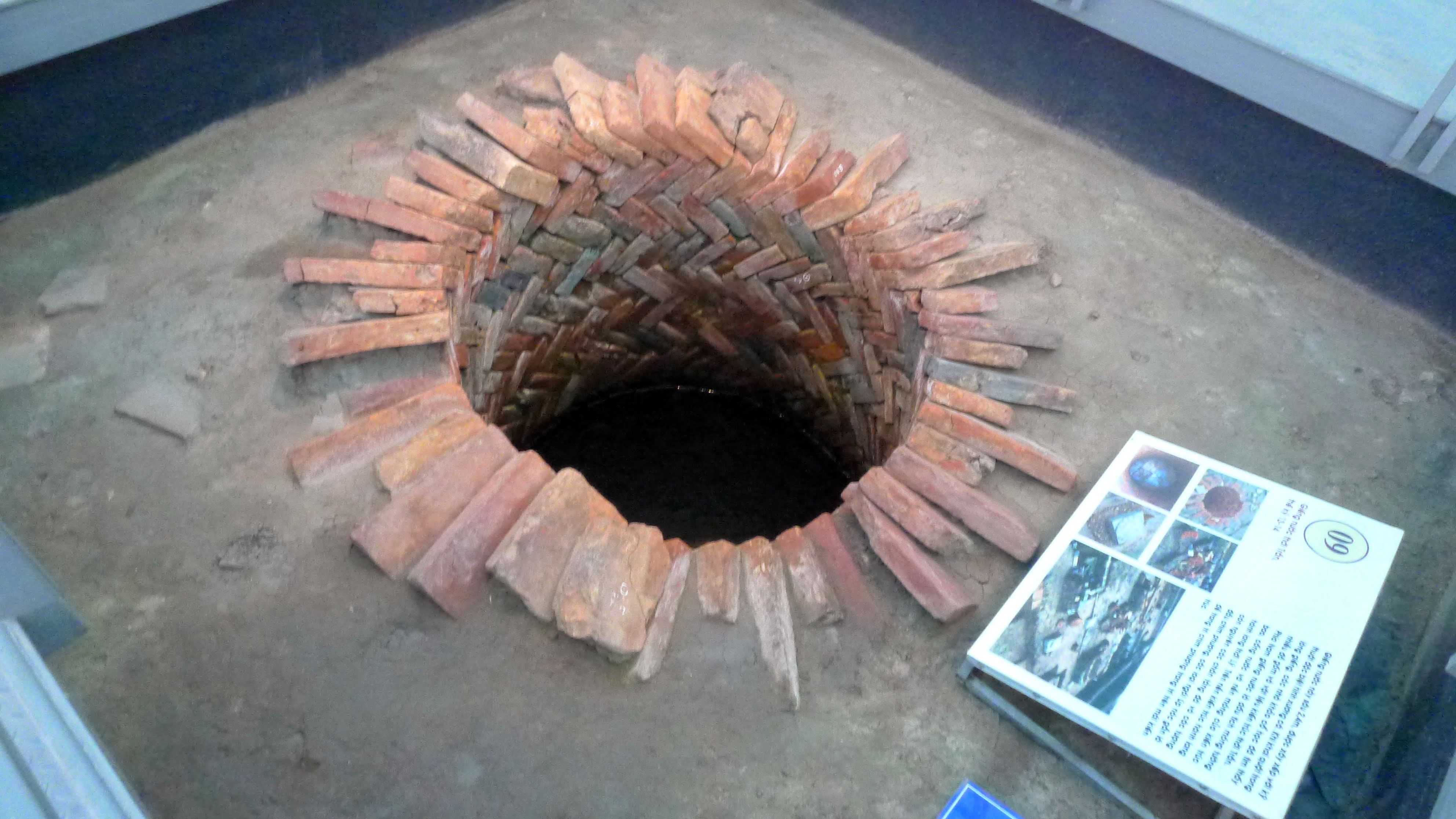
Traces of Le Dynasty well.
During the Le Trung Hung period (17th-18th century): In 1749, when the Citadel was threatened by many uprisings by peasants, Lord Trinh Doanh ordered the construction of a new citadel following the traces of the old Dai La citadel, and named it Dai Do citadel. Dai Do citadel had 8 gates, each gate had two left and right panels, and soldiers were assigned to guard it to prepare for both peaceful and dangerous times. Thus, more than 150 years after its destruction, Thang Long Citadel returned to its original architecture in the style of a triple citadel.
During the Tay Son Dynasty (18th century), after ascending the throne, King Quang Trung returned to Hue to establish his capital. Thang Long became the capital of Bac Thanh town. The Thang Long Imperial Citadel was almost completely destroyed. The Tay Son Dynasty repaired and rebuilt collapsed sections and built a number of new structures.
Thang Long Imperial Citadel from the 18th century to present
During the Nguyen Dynasty (18th-19th centuries), in 1802, Nguyen Anh defeated the Tay Son Dynasty. After ascending the throne, Gia Long chose to make Hue his capital. Thang Long was later changed to the Northern Citadel with 11 subordinate towns. King Gia Long demolished the Thang Long Forbidden City, rebuilt a new square citadel, modeled after the French Vauban style, added a palace behind the Kinh Thien Palace as a temporary palace, and built the Southeast, Southwest, East, West and North gates. In front of the old Thang Long Imperial Citadel, King Nguyen built a flagpole, called Ky Dai, 100 meters high. The Nguyen kings added a number of structures in Thang Long.
In 1831, King Minh Mang carried out a large-scale administrative reform. The Northern Citadel and Gia Dinh Citadel governorships were abolished. King Minh Mang divided the country into 30 provinces under the unified rule of the royal court. The capital of the Northern Citadel Governorship, including the Thang Long Citadel area of previous dynasties and its expansion, was divided into Hanoi province. At that time, Hanoi province was assigned by the Nguyen Dynasty to 4 prefectures: Hoai Duc, Thuong Tin, Ung Hoa and Ly Nhan. The previous Hanoi citadel was rebuilt by the Nguyen Dynasty with a perimeter of 1,728m, 4.5m high, and a surrounding moat about 16m wide. When King Minh Mang divided the provinces again, he reduced the area by 1 foot 8 inches to conform to the regulations of a provincial citadel.
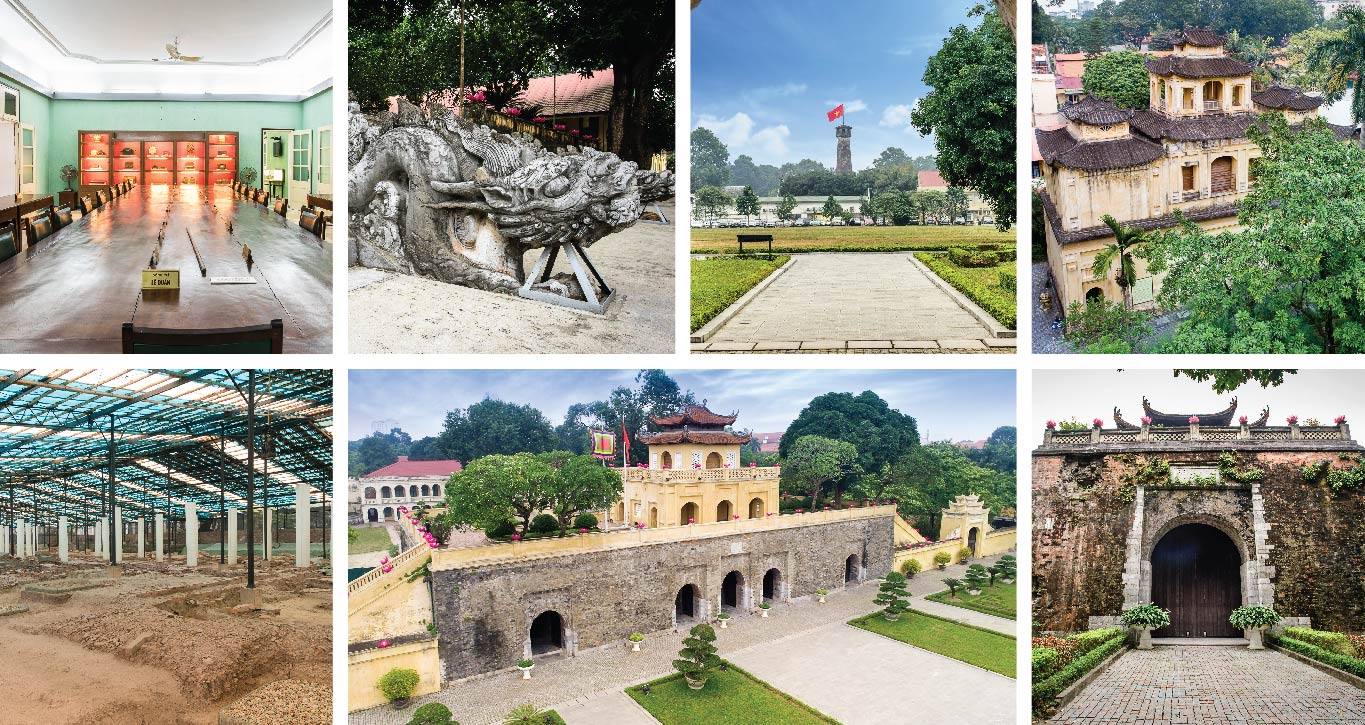
In 1848, King Tu Duc demolished the remaining palaces of the Later Le Dynasty in the citadel. All the wooden and stone carvings were brought back to Hue to decorate the palaces there.
Since 1873, along with the occupation of Hanoi, the French have changed most of the architecture of the citadel to serve military purposes. And the appearance of a majestic palace in the past has gradually ended. In addition to utilizing some old structures, the French army also built additional protective fortifications and barracks as military command headquarters.
In 1954, the central area of Hanoi was the headquarters of the Ministry of National Defense. In 1967, to prevent the destructive war by the US imperialists' air force, the Ministry of National Defense built behind the Kinh Thien Palace relic D67 house and D67 bunker as a meeting place for the highest leaders of the Party and State. In this area, many important decisions of the Party and State were made, contributing to the victories in the resistance war against the US for national independence and national reunification.
It can be seen that, through many historical changes, Thang Long Imperial Citadel has always played the role of an important center of power, throughout Hanoi and the whole country. This is a massive architectural work, built by dynasties in many historical periods. Although many architectural and artistic works in the citadel have been destroyed, the vestiges of an ancient citadel are still present. Some relics still exist such as: Flag Tower, Doan Mon, Kinh Thien Palace, Hau Lau, Cua Bac... have become symbols of Hanoi today.
Source: https://special.nhandan.vn/thangtramquacacthoikylichsu/index.html

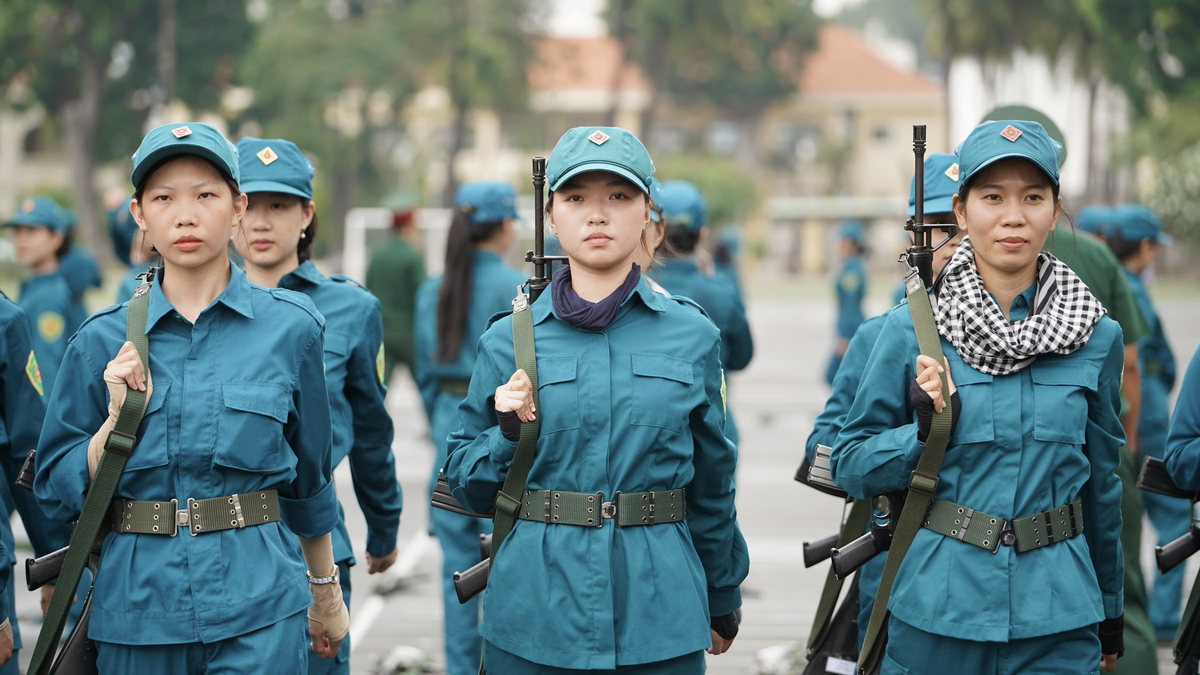
![[Photo] Prime Minister Pham Minh Chinh attends the event "Digital transformation of the banking industry by 2025"](https://vphoto.vietnam.vn/thumb/1200x675/vietnam/resource/IMAGE/2025/5/29/0e34cc7261d74e26b7f87cadff763eae)
![[Photo] Prime Minister Pham Minh Chinh receives leaders of Excelerate Energy Group](https://vphoto.vietnam.vn/thumb/1200x675/vietnam/resource/IMAGE/2025/5/29/c1fbe073230443d0a5aae0bc264d07fe)
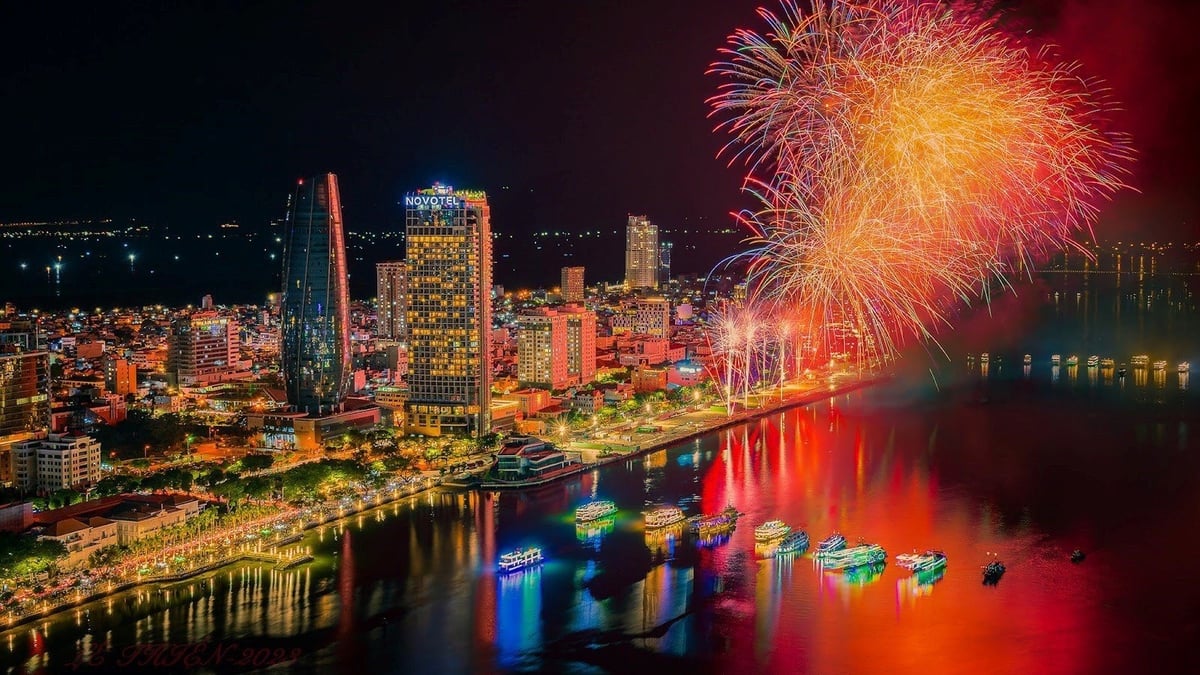

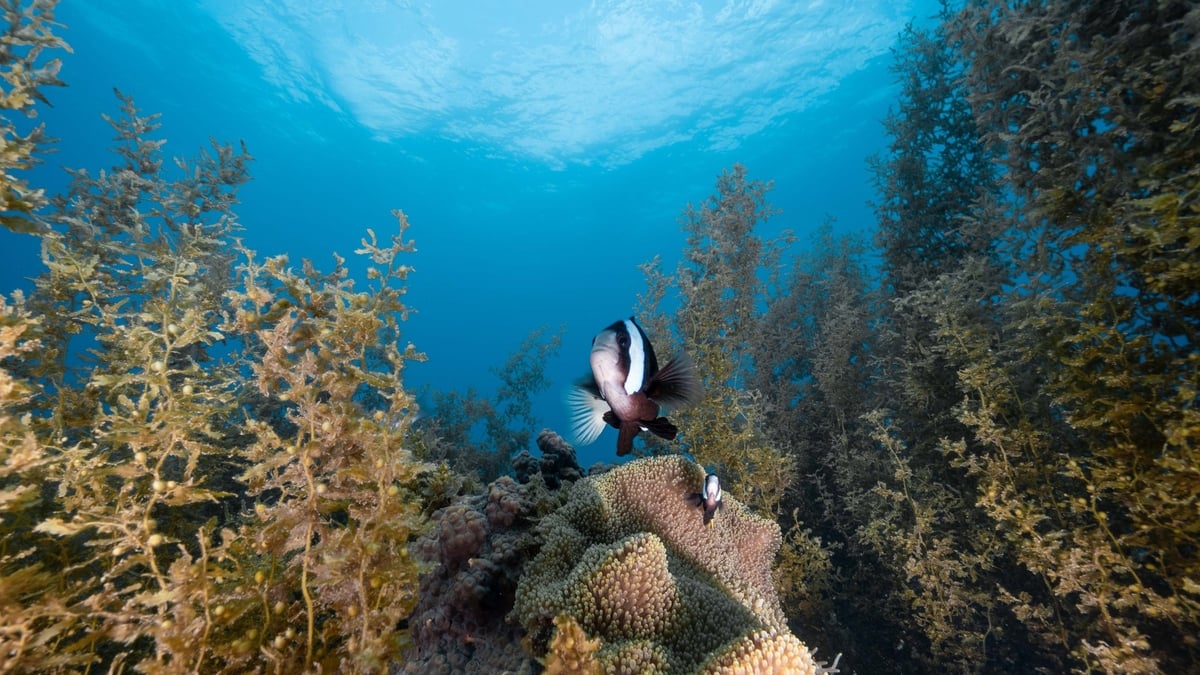
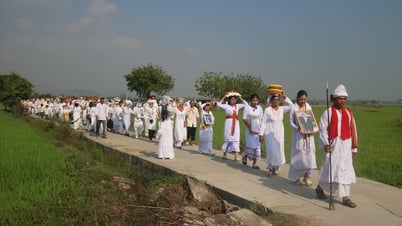

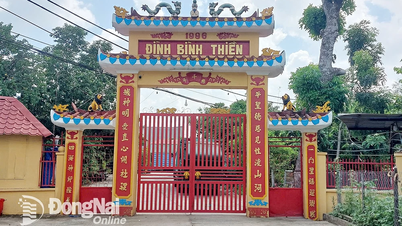

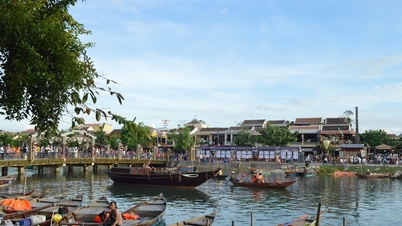

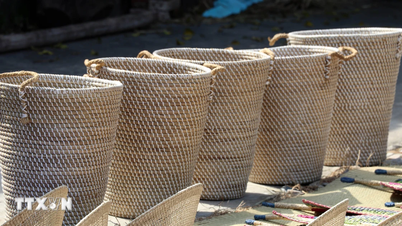










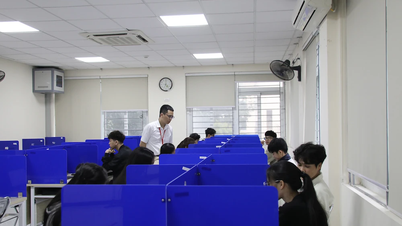



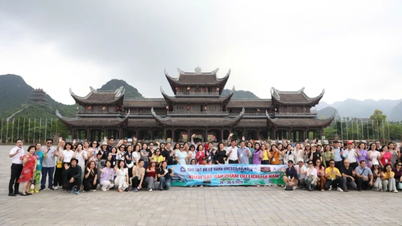
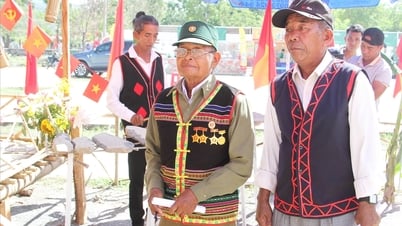
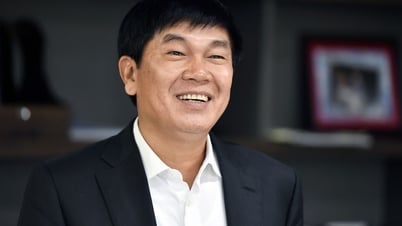








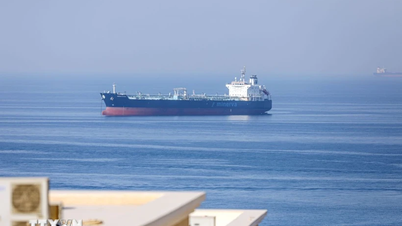





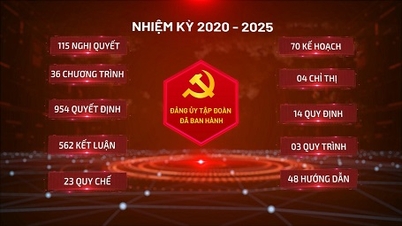

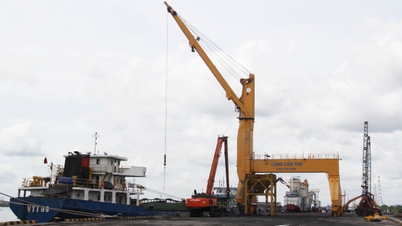
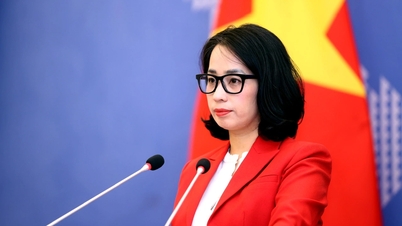


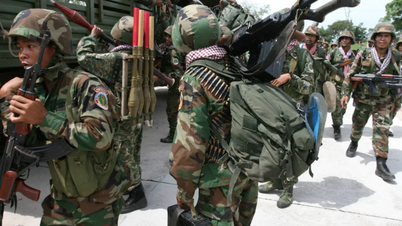
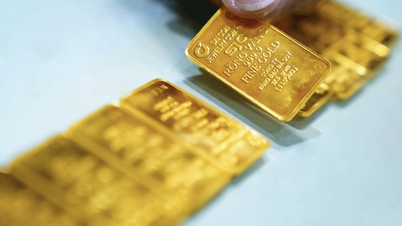


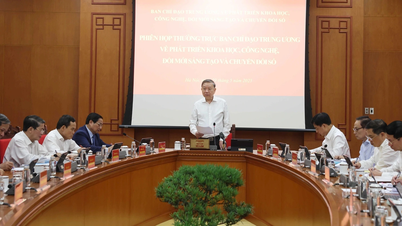


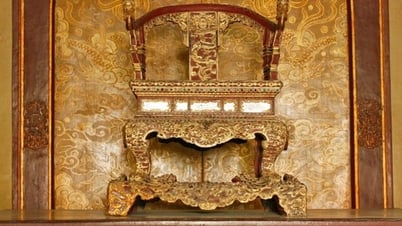











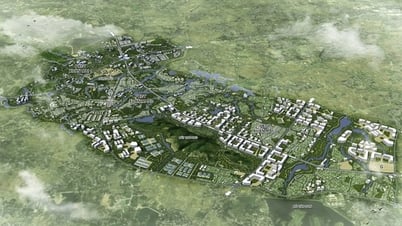



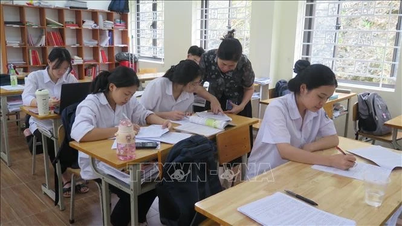




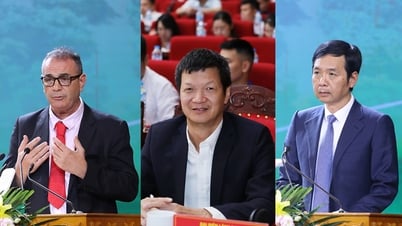
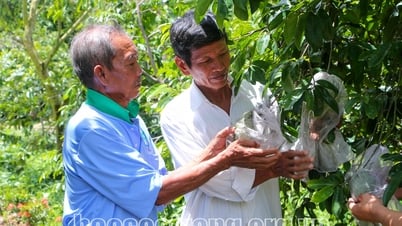






Comment (0)